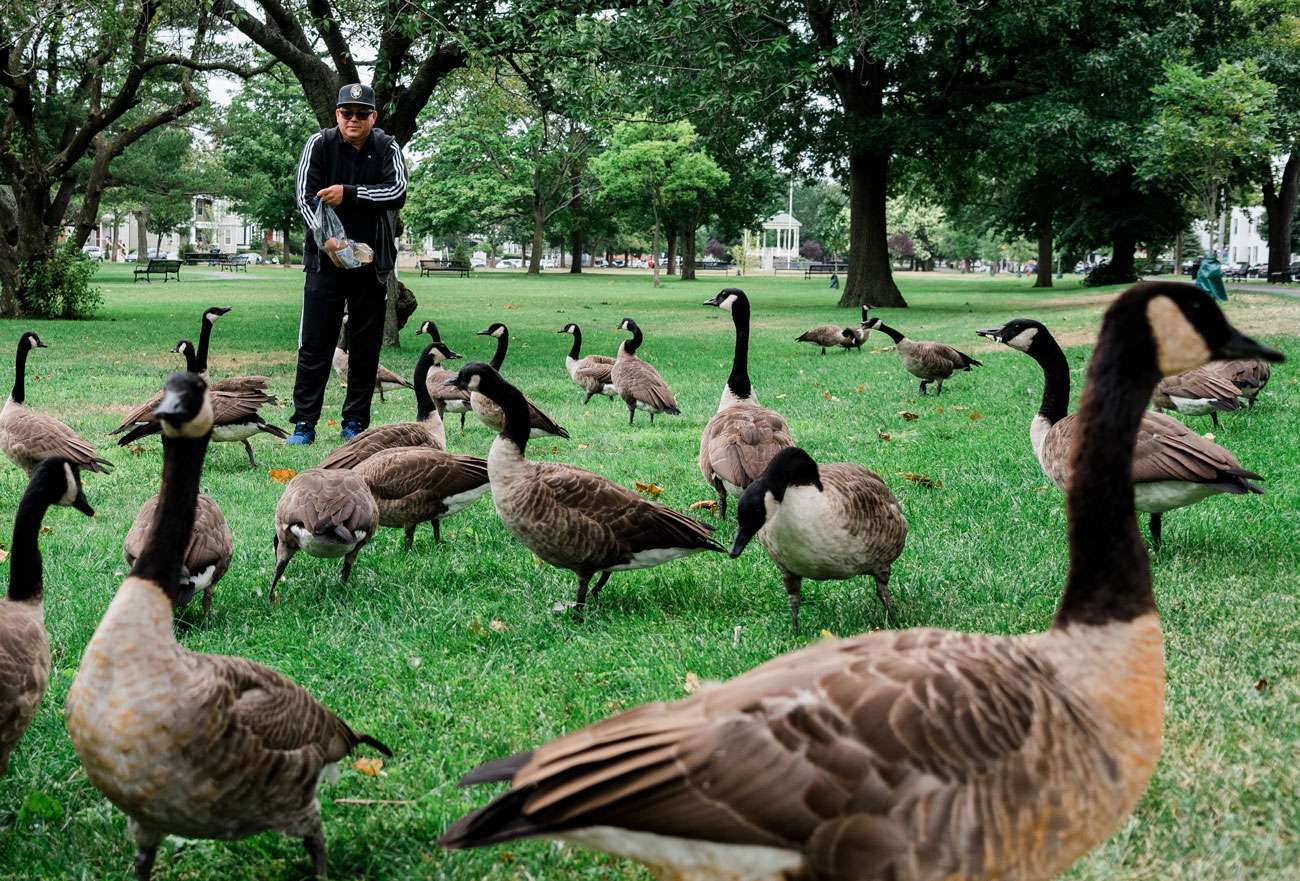LYNN — It is one of the city’s most well-known parks, but for all its fame, a burning question remains: Is it Lynn Common, or Lynn Commons?
It depends on whom you ask.
James Marsh, the city’s Community Development director, said a discussion over the park’s proper spelling came up while the city was developing its Master Plan in 2010.
Ultimately, the document, which outlined a rehabilitation plan for the historic park that has since been implemented, came to be known as the “Lynn Commons Master Plan.”
However, one person who was involved in that master planning process, Steven Babbitt, said he’s always known the recreational area as Lynn Common, but he’s heard it referred to both ways.
“I wouldn’t attest to either one,” said Babbitt, chairman of the Lynn Park Commission. “I don’t think they ever figured out (how) it came to be. I call it the Lynn Common. It’s funny because I say Lynn Common with Lynn in front of it but without it, I say the Commons.”
The plural might come from there being two sections of the park, Babbitt said, referring to the Small and Large Common(s), which is the reason his wife calls it the Lynn Commons.
Lynn has had a Common(s) since 1630, but the shapes of the park’s two sections were refined to look like a shoe in the 19th century when the city was a major shoe-manufacturing center, according to the Lynn Commons Master Plan.
Although that plan refers to the park as the Lynn Commons, Babbitt said many other documents use the singular form.
For example, a history book assembled by the Lynn Museum in the early 1990s was called “The Lynn Common,” said Babbitt, and the National Register of Historic Places refers to the designated area as the “Lynn Common Historic District.”
The “Lynn Common Historic District,” which extends west from City Hall Square, is a “collection of mid- to late-19th century residential, commercial and industrial buildings lining both sides of the linear Lynn Common,” reads the National Register of Historic Places document.
“I’ll bet you in Common speech, most of them are just Common with a singular (form),” said Babbitt. “It would be entertaining to get a discussion put together on this. You say tomato, I say tomah-to.”
Boston Common, the oldest public park in America, uses the singular form, but is sometimes erroneously referred to as the Boston Commons.
Other city websites, such as Cambridge and Worcester, also refer to their parks as the Common.
Regardless of the name that was used, the park’s Master Plan laid the foundation for what has turned into an ongoing $5 million improvement project that began in 2012.
Work so far, which has been largely grant-funded, has included landscaping, installing benches and antique benches, revamping the park’s walkways, and a $900,000 restoration of the Lynn Common(s) Bandstand.
The Bandstand and the park’s antique fountain, which hasn’t worked in nearly a decade and needs major repairs, were the centerpieces of the Common(s) in its heyday, according to Marsh.
The improvements, which stemmed from the Master Plan, have been aimed at bringing the park back to life, which was always meant to be a place in the middle of the downtown where people could take a walk, congregate, and socialize.
That’s the only discussion Marsh seems to want to have about Lynn Common(s), as evidenced by his brief remarks about its name.
“Common, Commons, just as long as it’s utilized,” said Marsh. “That’s what’s important to me.”

